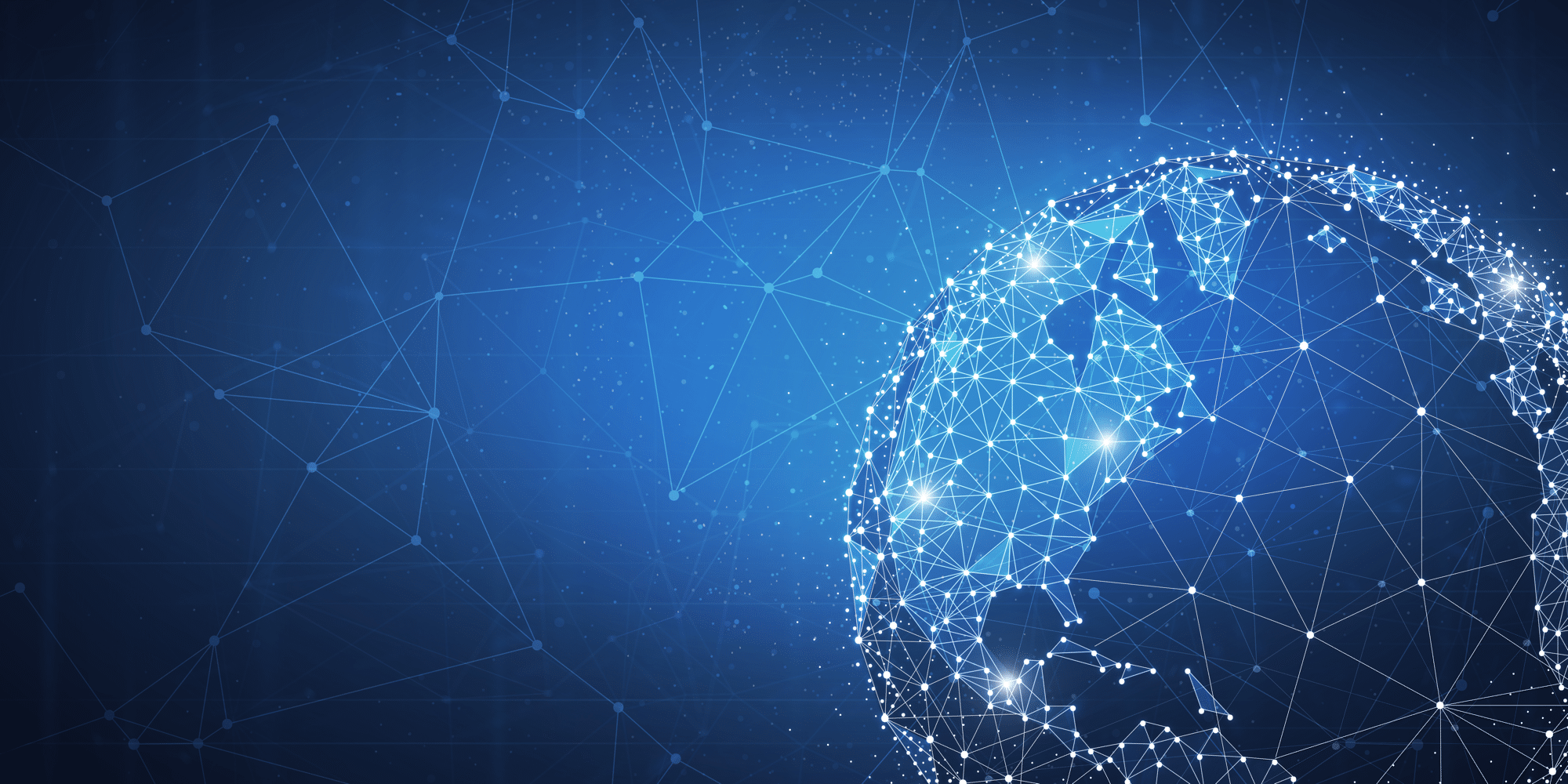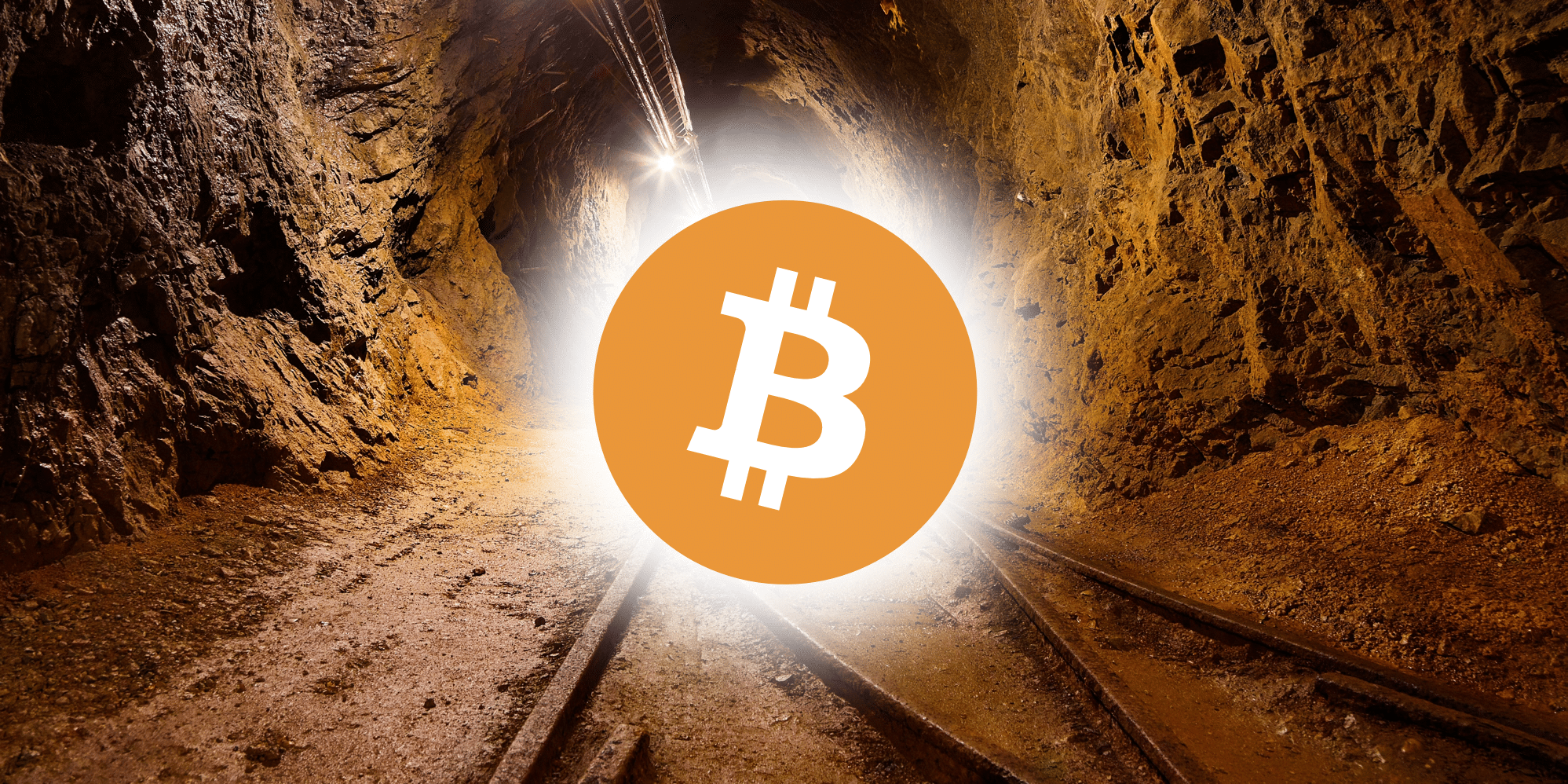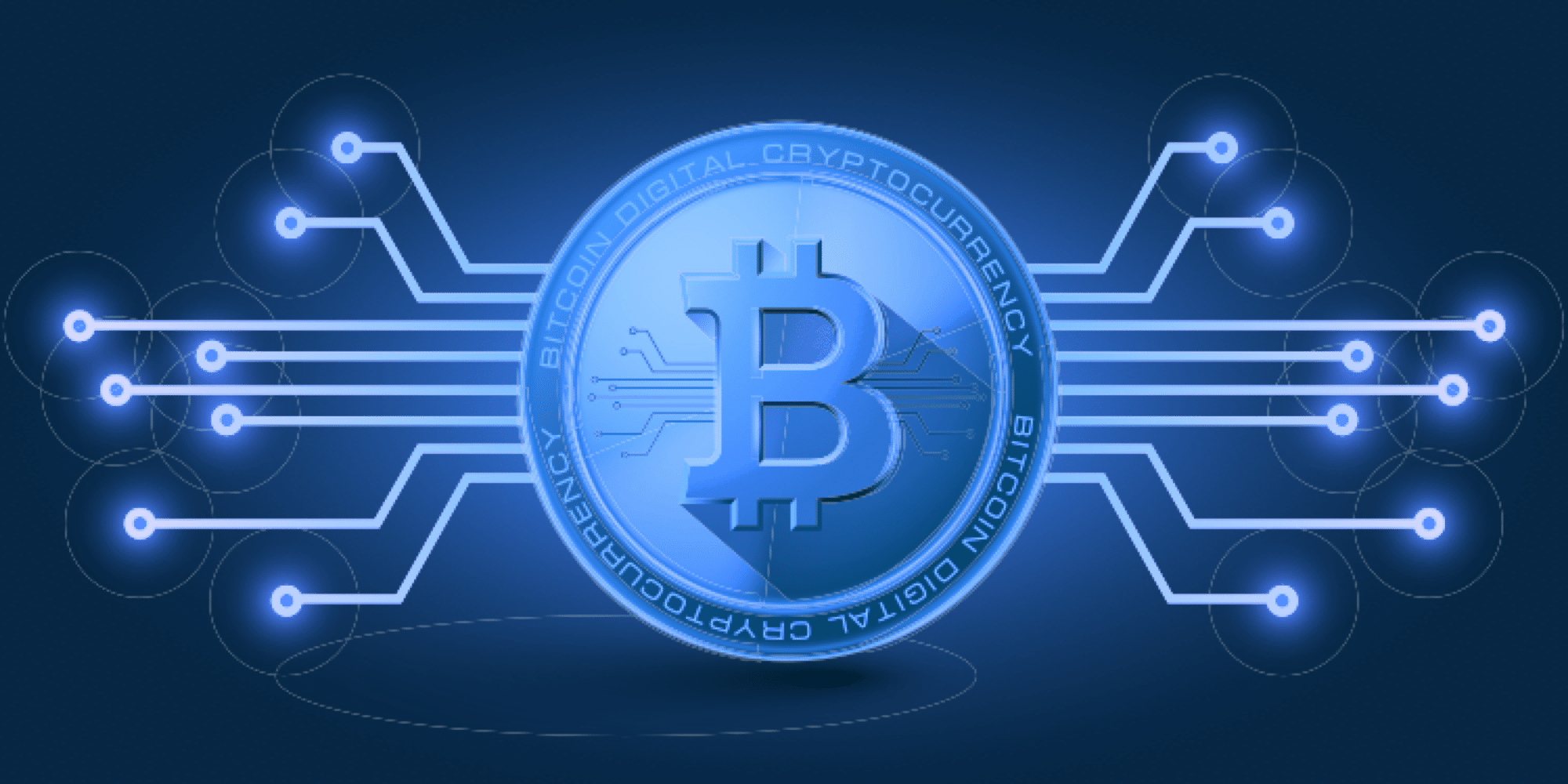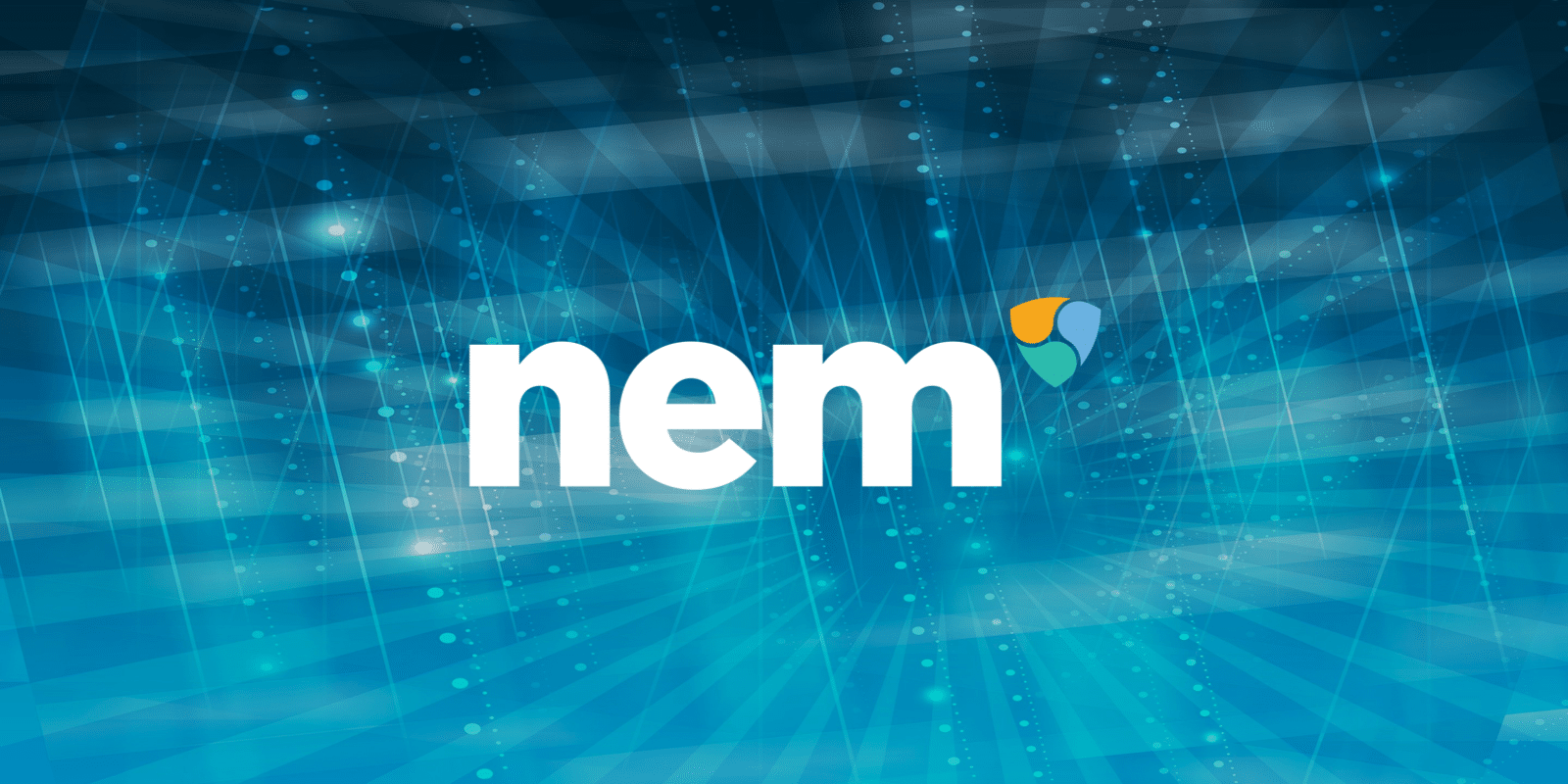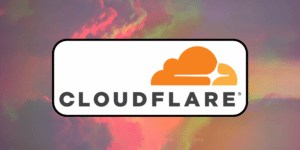- How Does Algorand Work?
- Who Are the Founders of Algorand?
- The ALGO Token
- Final Thoughts: Will Algorand Become The Future of Finance?
Algorand is the world’s first proof-of-stake (PoS) blockchain, aiming to solve the “Blockchain Trilemma” of avoiding tradeoffs between speed, security, and decentralization. The project competes with the likes of Ethereum and other layer 1s for developer and user activity, boasting a network of 13 dapps.
While Ethereum has used proof-of-work (PoW) since it launched, Algorand’s PoS allows for faster and cheaper transaction times; by allowing holders to stake coins, it democratizes the ability to earn rewards on the network that would otherwise go to mining monopolies in PoW blockchains.
The Algorand token (ALGO) was launched by the Algorand Foundation in 2017 and raised $60 million with an initial sale on Coinlist. Following the sale, the Foundation announced it will release 600 million Algos per year, with a total supply of 10 billion tokens. Algorand’s total market capitalization has generally stayed around $4.5 billion USD, landing it a consistent spot among the top 30 cryptocurrencies.
The following Algorand guide explores the technology behind Algorand, its security protocols, dev team and native ALGO token.
How Does Algorand Work?

Algorand operates using two different nodes: participation nodes and relay nodes. By nodes, we’re referring to a computer that connects with other computers to share information and follow Algorand rules.
Participation nodes provide the computing power required to validate transactions.
Relay nodes work as network hubs, they’re used by participation nodes to connect and maintain the ledger.
Both nodes can be run by any individual and earn rewards, though participation nodes receive greater rewards for their work.
As a node, an individual is required to install a software named Algorand Virtual Machine (AVM). AVM is essential for both node types and helps to evaluate and execute smart contracts.
Smart contracts have two layers. The first layer is on-chain and supports Algorand Standard Assets (ASA). These assets cover new and existing tokens on the blockchain, simple smart contracts, and atomic swaps.
Each smart contract adds another layer of ‘traffic’ to the Algorand network, which if too large can slow down the network.
This issue is overcome through a second layer designed for more complex smart contracts and decentralized apps. It operates off-chain, recording in the blockchain ledger instead of adding traffic to the network, allowing Algorand to operate as effectively as large payment networks.
Byzantine Agreement Protocol
Algorand is paired with a Byzantine agreement protocol (BA) to operate. BA ensures the protocol runs as smoothly as possible, disincentivizing fraudulent activity, producing a single source of verified truth and supporting nodes.
Algorand can reach consensus new block without forks or delays through verifiable random functions (VRFs); to prove all output is accurate, the VRFs choose users privately and at random.
Once a block has been agreed upon, it’s transmitted via the network using a digital signature from the verifier. To prevent delays, two blocks can never be added to the chain at the same time– all transactions are completed within seconds of each other.
Security on The Network
To secure the Algorand network an investor needs to own a crypto account that holds ALGO. MetaMask or Binance are great options.

From here, they must declare their interest. Investors are chosen at random but can increase their odds of being chosen by holding more ALGO than other investors who have shown an interest.
However, there are three flaws in this system.
Firstly, Algorand must be protected against Sybil attacks. These are attacks on a computer network in which an individual creates many pseudonymous identities. These identities help gain a large influence over the network and damage the service’s reputation.
The second flaw is that BA is required to cater to millions of users. This is significantly larger than what current BA protocols can deal with.
Lastly, Algorand needs to be resistant to a Dential-of-Service (DoS) attack. This attack is designed to shut down a network by flooding it with traffic and causing a crash.
Algorand has implemented several strategies to overcome these flaws.
Firstly, Algorand deals with dishonest users through a weighting system. As long as honest users account for over two-thirds of the system’s total stake, dishonest users cannot have any impact.
Secondly, BA is able to scale through consensus by committee. Each step of the protocol is assigned to a committee, made up of a small group of representatives that are chosen at random. Random choice ensures that a majority of the committee members are truthful.
Once a committee member has submitted their message, they can’t submit another. This prevents the issue of a member being threatened. At each stage, new committee members are then elected to make sure older members are no longer required.
If an individual has been elected by the system but doesn’t want to be on the committee, they can decline the invitation. This keeps elections fair and gives users a degree of freedom on whether or not they want to participate.
Who Are the Founders of Algorand?
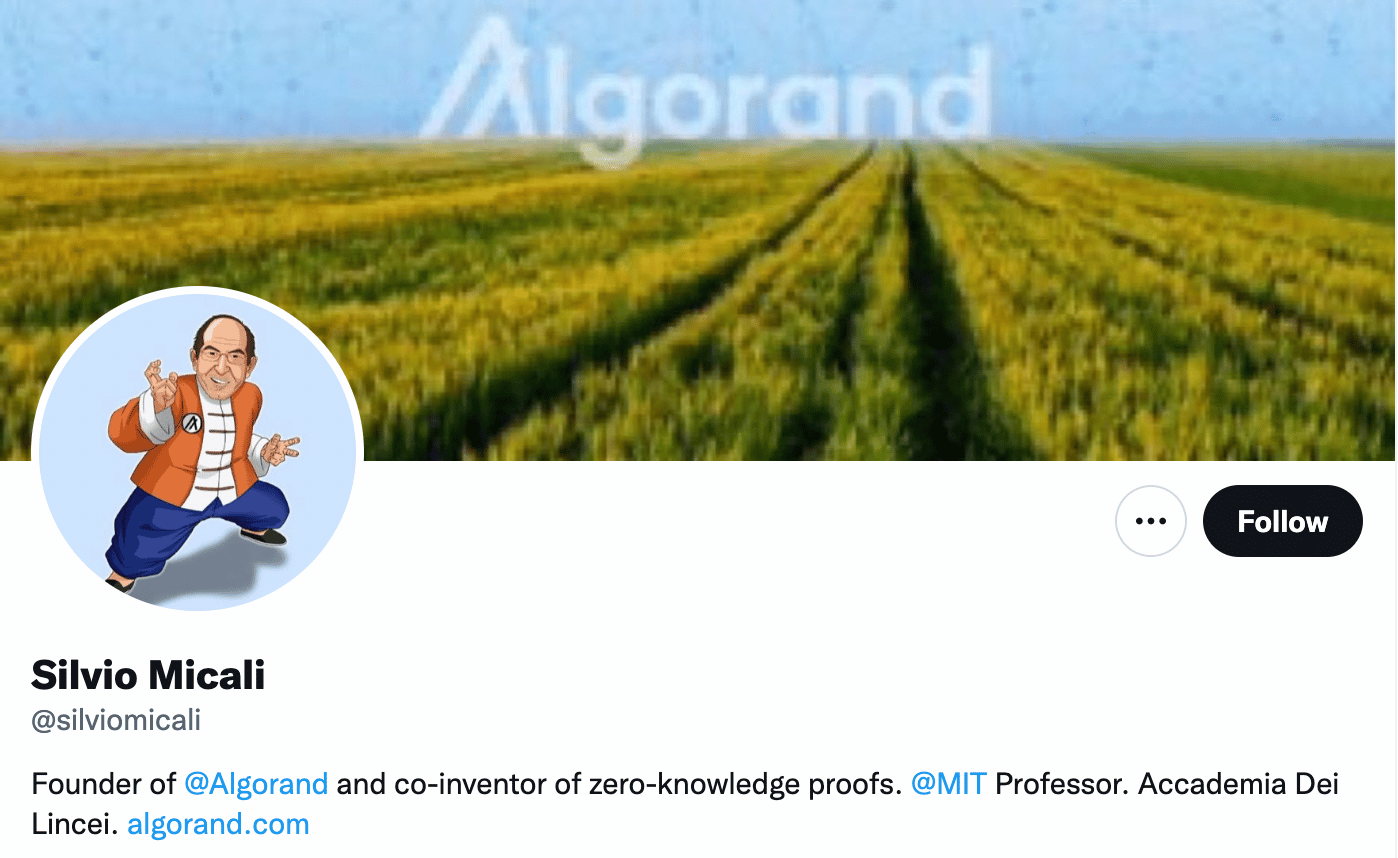
Algorand was founded by Silvio Micali, an Italian computer scientist and professor at the Massachusetts Institute of Technology (MIT).
Silvio is a recipient of the 1993 Gödel Prize for his work in theoretical computer science, the 2004 RSA Award for Excellence in Mathematics, and the 2012 Turing Award for his work in computer science.
He currently operates several research centers on cryptography and plays an important role as a member of the National Academy of Sciences, the National Academy of Engineering, the American Academy of Arts and Sciences, and Accademia dei Lincei. It’s fair to say, he’s a busy man.
Algorand operates as both a company and a foundation. The Algorand Foundation focuses on cryptographic research, on-chain governance, decentralization, award funding and the growth of the ecosystem.
Algorand Inc. focuses on the development and maintenance of the Algorand protocol and operates as a private corporation located in Boston, Massachusetts.
In April 2019 Algorand launched its test network to the public, and in June 2019 the main network was launched.
The ALGO Token
ALGO is the native cryptocurrency of the Algorand Protocol, with a total supply of 10 billion tokens. ALGO was launched on Coinlist through an initial exchange offering (IEO), which is equivalent to a traditional stock launch.
It was distributed through a method known as a Dutch auction, where the price is determined once all bids have been received. Dutch auctions establish the maximum price at which the offering can be sold, as investors submit a bid based on the amount they’re willing to pay. During the auction, a refund policy was in place and 25 million tokens were sold at a price of $2.49 per token.
Since its launch, Algorand has released a schedule of how the remaining ALGO tokens will be distributed. All ALGO is expected to be launched within 5 years with Algorand using a block explorer to monitor the supply.
Here’s how the tokens will be distributed:
- 3.0 billion: the total number of ALGOs in circulation via auction.
- 1.75 billion: participation rewards.
- 2.5 billion: rewarded to relay node runners
- 2.5 billion: held by the Algorand Foundation and Algorand, Inc.
- 0.25 billion: end-user grants
Users and investors have been informed directly when they can expect to receive their funds based on their group.
As of May 2022, it’s not possible to mine Algorand using computer hardware. However, users can earn ALGO rewards by staking their Algorand in an Algorand wallet.
Algorand Wallet
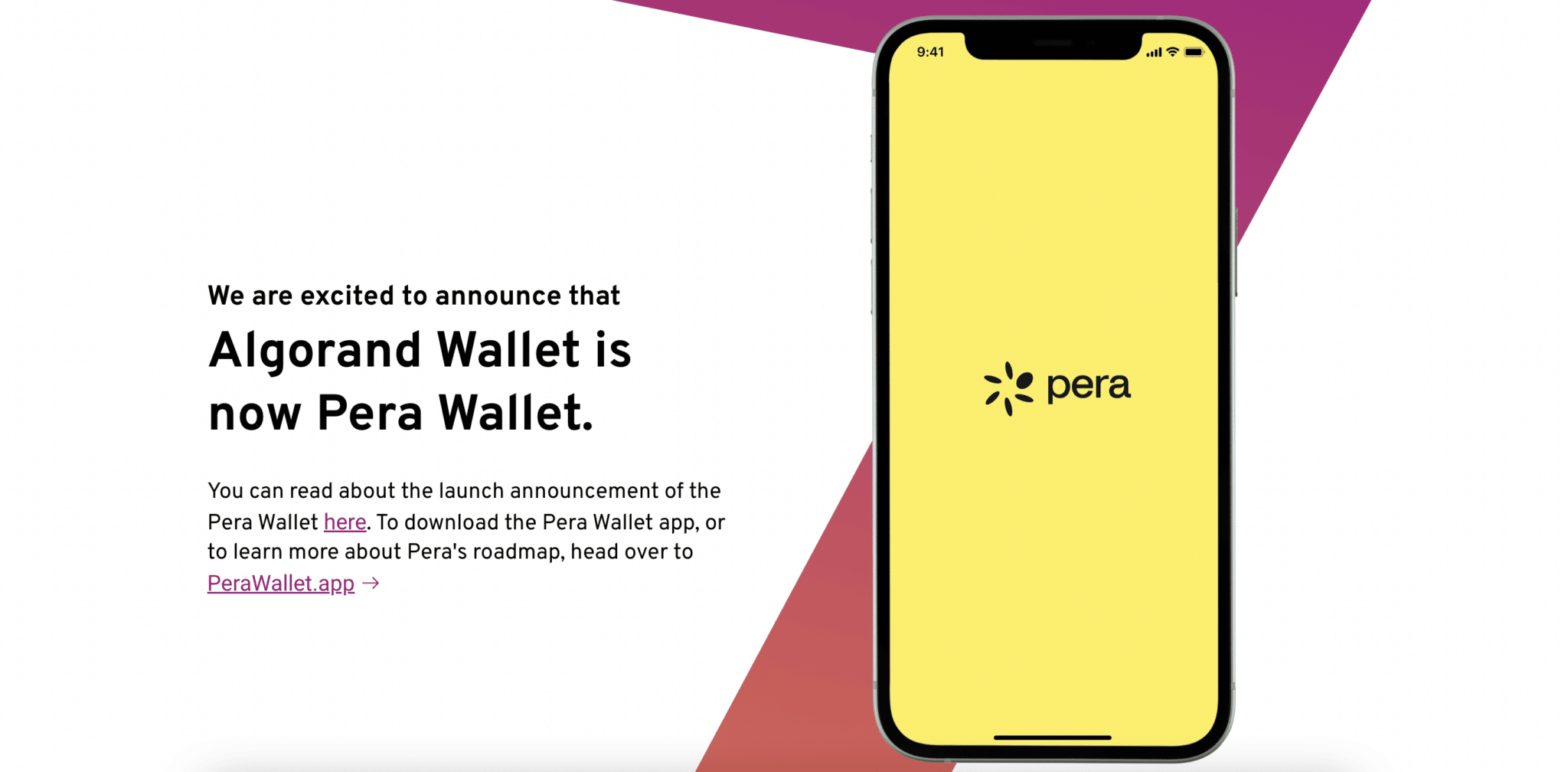
Whilst there are many ways to store crypto, the Algorand wallet has been rated one of the easiest to use and most aesthetically pleasing. It can be integrated with the Ledger Nano X and utilizes a state-of-the-art security interface for users.
As of February 2022, the Algorand Wallet has been rebranded as the Pera Wallet. As well as changing the name and logo, Algorand has already released a new roadmap, partner integrations and a mission to focus on the community. The overall functionality of the wallet remains the same.
Unlike many crypto wallets that require an individual login to view, Pera Wallets allow users to look at all of their accounts in one centralized view instead of having to remember several passwords for different wallets.
The Pera Wallet also notifies users of any ALGO rewards they’ve earned and when awards are due. Should there be any other activity in their wallet, such as a transaction, owners will also be notified.
For crypto investors who like to regularly check how much their holdings are worth, the Pera Wallet also provides real-time in-app calculations. The value of a holder’s ALGOs are shown in USD and updated in real-time to ensure they’re as accurate as possible.
If you want to buy ALGO, you can find it on most popular crypto exchanges such as Coinbase or Binance.
On these exchanges, you can buy ALGO using a range of cryptocurrencies such as Ethereum (ETH) and Bitcoin (BTC), as well as with fiat such as $USD and $GBP. When buying with cryptocurrency, you’ll need to choose a trading pair such as BNB or BUSD, all of which can be found in the trading tab. Once purchased, you can then transfer your ALGO to an Algorand Wallet or another wallet of your choice such as MetaMask.
Final Thoughts: Will Algorand Become The Future of Finance?
Algorand has already proven itself to be a robust platform that utilizes innovative technology to push the boundaries of decentralized finance. It has one of the industry’s most highly qualified teams building the project, as well as an extensive list of investors.
These include:
- Lemniscap
- Nirvana Capital
- Bixin Capital
- Alumni Ventures Group
- Foundation Capital
- Visary Capital
- Multicoin Capital
- Eterna Capital
The dev team describes Algorand as “the future of finance” on its website and has achieved significant success with its first DeFi ecosystem Yieldy.
Yieldly has acquired WAGMIswap, to become the stand-out leader in GameFi and DeFi on the Algorand blockchain. In only 6 months WAGMIswap gained significant traction, hitting a trading volume of $40M in its first week.
This acquisition means AMM functions will be added to Yieldly, increasing earning initiates for users.
Algorand has also made headlines following the announcement of an official partnership with FIFA, increasing the price by 15%. Algorand’s success will largely be determined by its ability to win market share from smart contract platform competitors such as Ethereum, Cardano, and Solana.
Never Miss Another Opportunity! Get hand selected news & info from our Crypto Experts so you can make educated, informed decisions that directly affect your crypto profits. Subscribe to CoinCentral free newsletter now.

